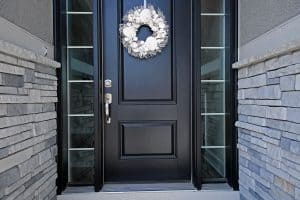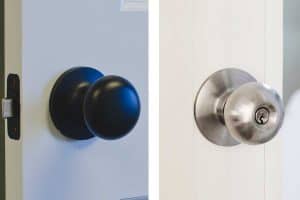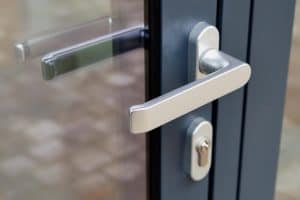It takes more than picking a door knob that looks best to know you're choosing the right one. It's a common mistake to purchase a door knob that doesn't fit perfectly, especially with older doors. Taking measurements is crucial before making your final purchase. But how do you know if you're getting the right size? We've researched and summed up in this post what you need to know about door knobs and their hole sizes.
A standard door knob hole is 2 1/8 inches in diameter. This won't have the best fit on older doors because their holes are usually smaller. If you're looking to change or replace older door knobs, you need to re-drill the door to fit the current standard size. Otherwise, you might have to look for smaller door knobs.
Now that you know the standard size for a door knob hole, you'll have to look into it a bit more to find the right one. Keep reading to find out more about door knob measurements, differences, and how door knobs work.
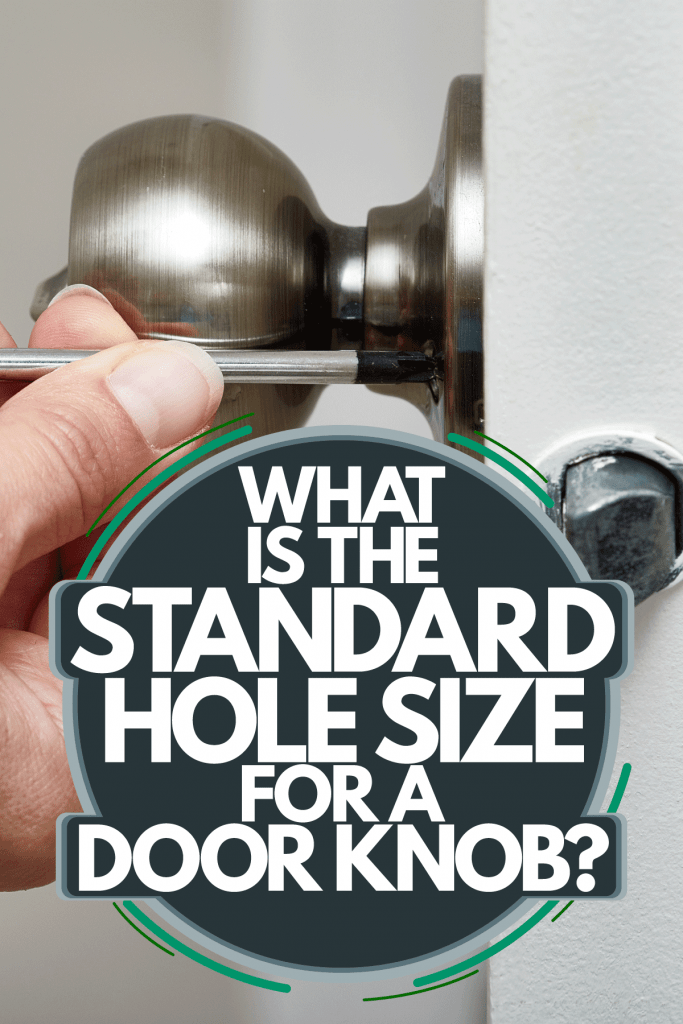
How Do You Measure A Door Knob Hole?
Door knob holes are measured by determining their diameter, usually with a measuring tape. The hole is commonly known as the borehole. You can identify the diameter by doing the following:
- Determine the hole's widest point.
- Place the measuring tape across the broadest area, starting from the bottom up to the top of the hole.
- Check the measuring tape to get the measurement.
To get a more accurate doorknob size, you have to measure more than just the borehole. Two more parts to measure are the door's thickness and the door's backset, which is the length of the borehole's center to the door's edge.
Measuring The Door's Thickness
A standard door's thickness ranges from 1 3/8 inches to 1 3/4 inches. For commercial doors, they are often wider than residential ones. To find how thick your door is, you will have to:
- Place the measuring tape on one edge of the door.
- Pull it until it reaches the other edge.
- The total measurement is the door's thickness.
Measuring The Backset
The door's backset is the length from the middle of the borehole up to the door's edge. Its standard measurements are 2 3/8 inches to 2 3/4 inches. To measure the backset, you should:
- Identify the center of the borehole.
- Start placing your measuring tape from this point.
- Bring the other end of the measuring tape up to the door's edge.
Are Door Knob Sizes Universal?
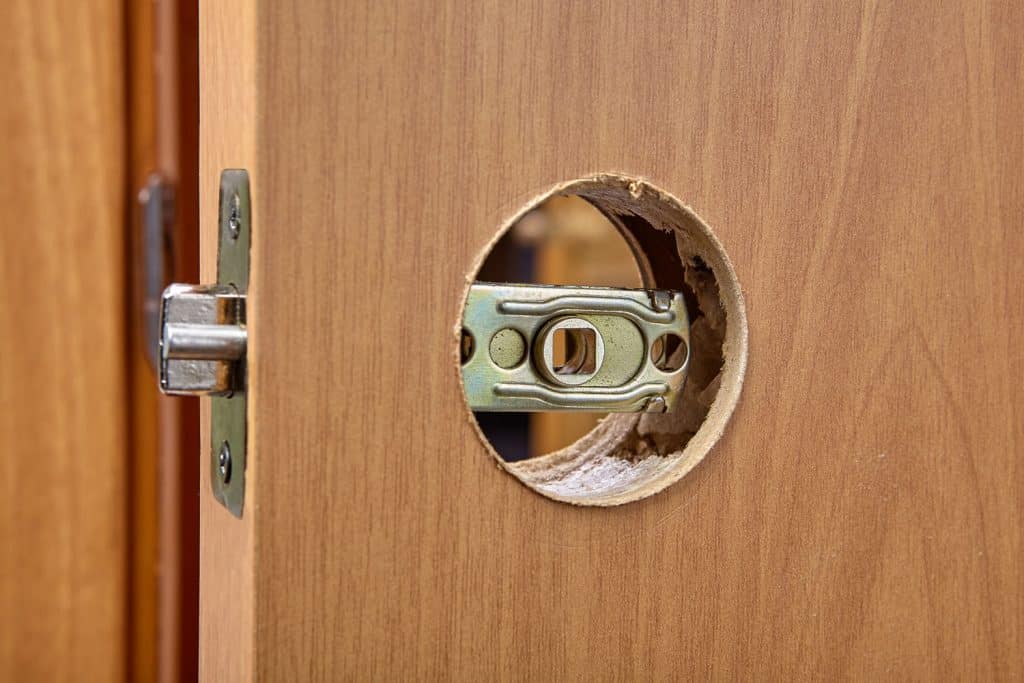
While door knobs commonly come in standard measurements, they aren't universal. Standard-sized door knobs have a better fit with most modern doors because they follow this standard. On older doors, they most likely won't fit because the doors have smaller measurements.
What Is The Difference Between A Door Knob And A Door Handle?
The major difference between a door knob and a door handle is their appearance and how they are controlled. While their characteristics vary, they serve the same function. Door knobs and handles are made to operate the door by engaging and disengaging the latch from the plate on the door jamb. However, each of them has qualities that make them suitable for specific situations.
Both types come with their pros and cons. Identifying these is useful, particularly in choosing which hardware to use. Those characteristics are as follows:
Door Knobs
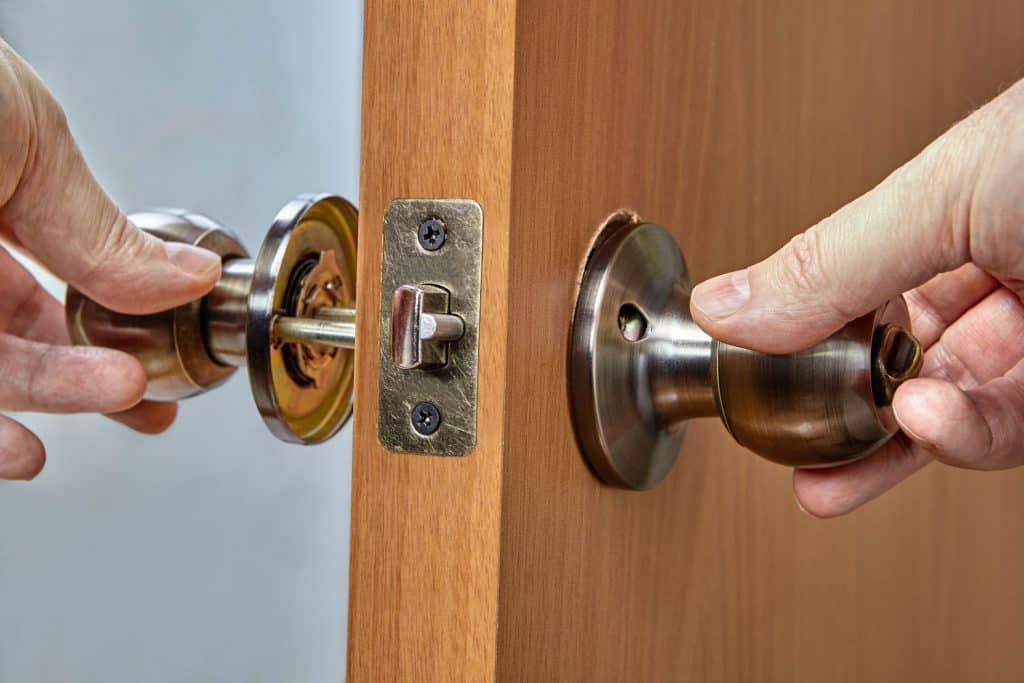
Door knobs are a classic option for door hardware made from materials such as crystal or brass in a round form. This makes it easy to identify them. The simple detail they add helps in tying together your interior's character.
One of the top advantages of door knobs is that they come in different round shapes and styles. This gives more options to fit into many looks and aesthetics while increasing the grip and leverage. Another is that they come with variants designed for rim locks, making them compatible with older door designs.
The main downside with a door knob is the natural grip. Due to its roundness, the knob becomes harder to get a hold of compared to a door handle. Knobs should also be set back further into the door to keep the knuckles from touching the frame.
Door Handles
A door handle resembles a bar or lever that requires less effort to operate. Its shape makes it easier to hold comfortably and use as opposed to door knobs. Doors with a modern look tend to use door handles more than knobs, commonly for residential homes.
Ease of access and grip comfort are two advantages of having door levers. They usually have curves on the bars to provide a firmer handgrip. Unlike a door knob, there's no need to completely turn them, which makes it convenient when your hands are full. It's less likely to catch your knuckles with this type of handle because they fit away from the door frame.
For the disadvantages, they are harder to situate on doors with surface-mounted rim locks. It also requires more maintenance in the long run since it usually contains springs. You will eventually have to clean or use lubricants to keep it working well.
Are There Left And Right Door Knobs?
Door knobs don't necessarily have a left and right variant regardless of which side of the door they are placed. For handles, these options are available because of the hardware's design. Knobs work the same either way, but the placement plays a crucial role in keeping the door functional.
A door's handing is the side where the hinges will be. It affects the direction the door will swing. Where you put the door knob should depend on how your door opens. The knob can go on the left or right side for a door opening inwards or outwards. Factors that affect the door handing and swing direction include the placement of items inside and outside, passageways, and space available.
How Does A Door Knob Lock Work?
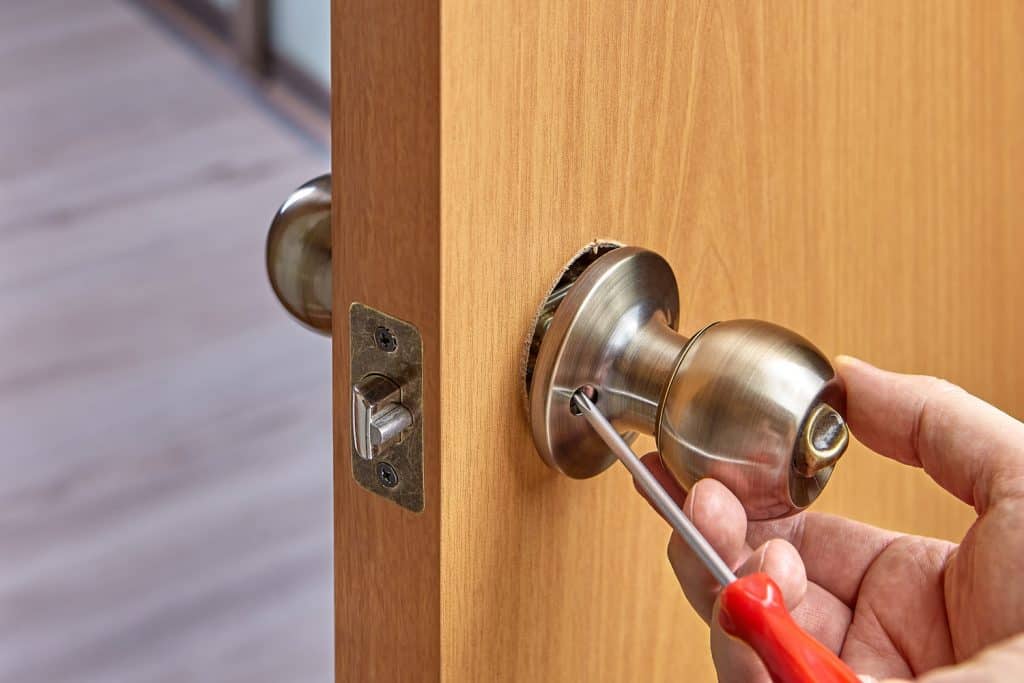
A door knob lock usually has a cylinder running through the knob's center wherein the pins inside the knob rest inside the cylinder when the door is unlocked but sit partially outside the cylinder when locked. The cylinder contains other components that work to allow the key to lock and unlock the door. The mechanism used for this is known as the pin-and-tumbler design.
A Summary Of The Pin-And-Tumbler Design
A pin-and-tumbler lock requires the use of the right key in pushing the pins to their proper placement. Doing this allows the knob to be released or locked in place. For some door knobs, a button placed at the center of the knob functions the same way a key would.
The lock consists of a cylinder with pins along with tumblers. The pins are separated into two rows: the top and the bottom. Each of them varies in height, and each pair rests inside a shaft that goes through the cylinder's center. They come with springs that hold the pins in place.
Without a key, the bottom pins would rest inside completely while the upper pins sit only halfway in and out of the plug. This placement keeps the cylinder from rotating and allows it to stay locked. When you use the correct key on the lock, it pushes the pins to the proper height and forms a line. The key causes the upper pins to rest inside the shaft completely. And so, the cylinder will be able to rotate and release a spring that pushes the center to unlock the door.
Final Thoughts
Door knob holes follow the standard measurement of 2 1/8 inches in diameter but require more information to find the right knobs to use. Measuring other areas for the door knob allows you to pick out the best fitting size. They come in a variety of styles and materials that make them flexible with different aesthetics. You can also consider more details about door knobs, like their placement, direction, and mechanism, to help you make the final decision.

